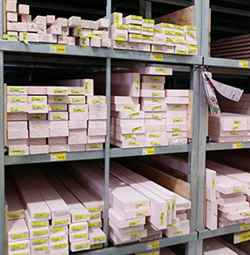
LOSP treated timber
Sometimes LOSP also contains waxes or resins to help make the timber water resistant. LOSP is applied by vacuum pressure impregnation. Because it is not water based the timber does not shrink, warp or expand.
Hazard level of timber treated with light organic solvent preservative: H3.
Laminated veneer lumber (LVL) can also be treated with LOSP to H2 or H3. It is important to note installation guidance if using LVL outside when it may be exposed to moisture.
Pests repelled by light organic solvent preservative treatment: Moderate decay, borers and termites.
Typical uses of timber treated with light organic solvent preservative
LOSP is used outside, above the ground. LOSP treated timbers are not effective against soil-borne fungi, therefore they should not be used in the ground and cut ends should be properly sealed. LOSP can be used for
- weatherboard
- fascia
- pergola posts above the ground
- window and door joinery
- framing and decking
- bargeboards
- exterior cladding
Safe handling
- LOSP treated timbers may give off an odour when the solvent evaporates, so planks should be stored under cover in a well-ventilated environment.
- Wear gloves that protect from splinters during general handling of LOSP treated timber.
- If the timber is still wet from the treatment, wear solvent resistant gloves and an impervious work apron.
LOSP timbers should not
- come into direct contact with food or drinking water
- be transported in an enclosed space with passengers
See more about working with and handling treated timber safely.

